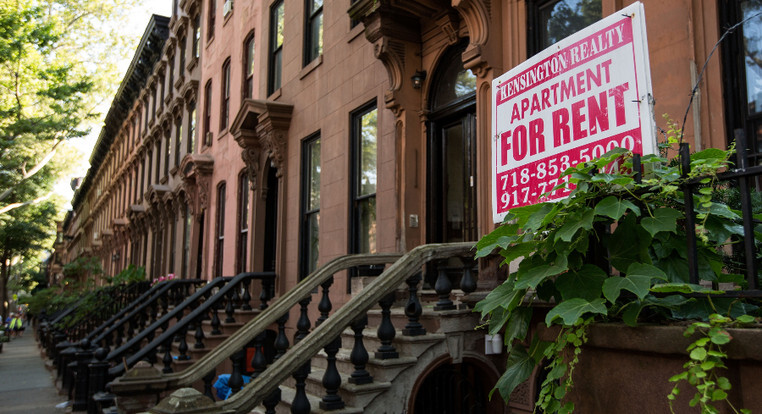New York paid out more than $3 billion in rent relief following the Covid-19 pandemic, offering a lifeline to hundreds of thousands of tenants who fell behind on their monthly payments amid pandemic-related job losses.
But significant rent arrears persist nearly four years after the pandemic hit, according to the city’s latest housing and vacancy survey — which illustrates a housing market increasingly out of reach for financially struggling New Yorkers.
The survey, conducted during the first six months of 2023, found 13 percent of renter households — 307,200 people — reported missing one or more rent payments in the last year because they did not have enough money, the same share as in 2021. That figure was 18 percent for households making less than $50,000 per year.
Of the 307,200 households who missed at least one rent payment, 34 percent were still in arrears at the time of the survey — up from 29 percent in 2021. It was even worse for the lowest income households, or those making under $25,000 per year: nearly half who said they fell behind on rent were still in arrears.
While low-income renters are struggling to make ends meet in their current homes, they face exceedingly scarce housing options on the market. The vacancy rate for apartments renting below $2,400 was less than 1 percent, the survey found. And for the lowest-cost apartments, or those renting under $1,100, the vacancy rate was just 0.39 percent.
“Low-income New Yorkers continued to face severe affordability challenges with high levels of rent burden and growing financial insecurity,” housing officials wrote in the survey. Those residents “continue to struggle, with even less available housing to support them in making residential choices and ensuring that they and their families can continue to live here.”
The report offers a striking illustration of the shortage: Residential construction has failed to keep pace with demand and low-cost homes in particular have become exceedingly scarce, threatening the ability of financially struggling residents to live in the nation’s largest city, according to the findings from the city’s housing agency. As a result, lower-income New Yorkers are spending more of their paychecks on rent.
STEEP BROKER FEES DRAW SCRUTINY — Gothamist’s David Brand: “How much would you pay a broker for a $1,100-a-month apartment if you knew the rent wouldn’t be jacked up year after year?
“A broker in Queens was offering apartment hunters the deal of a lifetime: a one-bedroom, rent-stabilized unit in Flushing, well below market rate for the area. The only catch was a $15,000 broker fee to secure the unit… Broker fees are standard procedure in the city’s highly competitive real estate market, even when tenants find the units online and do most of the work themselves. Typical rates range from a month’s rent to a higher percentage of the yearly total. But as affordable housing dwindles, broker’s fees are rising along with rents, making moves more difficult and dependent on upfront cash, in a sector where laws and regulations remain cloudy.”
“‘It’s to authorize our ability to take some type of legal action to ensure that our laws can help New Yorkers facing the twin crises of rising eviction and homelessness, and that the laws are actually implemented,’ she said before the vote.”
Source: Politico

































